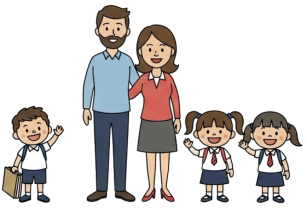
Question More, Action Knowledge.
Remember, at QMAK, we don’t just teach; we empower. We don’t just inform; we inspire. We don’t just question; we act. Become a Gold Member, and let’s unlock your child’s full potential, one question at a time.
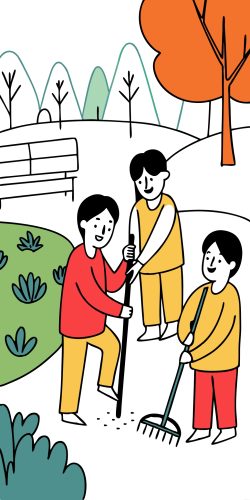
Social awareness and responsibility form the foundation for meaningful societal contribution.
When children understand the needs of their community and recognize their capacity to help address these needs, they develop both the motivation and skills to make a positive difference.
These activities are designed to help children aged 7 and up develop awareness of social issues, empathy for others, and a sense of personal responsibility for the wellbeing of their community and environment.
Through these hands-on experiences, children learn that their actions matter and that contributing to society is both meaningful and rewarding.
Purpose: To provide direct experience with community service and demonstrate how collective action addresses community needs.

Research options that match your child’s age and interests while addressing genuine community needs:
Set the stage for successful service by discussing purpose and expectations:
Guide your child’s experience to enhance understanding and engagement:
Help your child process and internalize the volunteer experience:
Use the initial experience as a foundation for continued service:
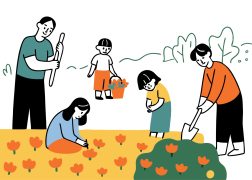
Purpose: To develop a habit of regular service and recognize the cumulative impact of small helpful actions.

Design an engaging chart that motivates and tracks helpful actions:
Collaboratively develop a diverse list of helping opportunities:
Establish a consistent process that makes helping a regular practice:
Use the chart as a tool for deeper understanding:
Help the system grow with your child’s developing capabilities:

Purpose: To develop awareness of environmental issues and foster a sense of responsibility for protecting natural resources.

Help your child understand environmental issues in age-appropriate ways:
Choose activities that connect learning with tangible action:
Guide projects in ways that maximize learning and impact:
Help your child see the concrete results of environmental efforts:
Build on initial projects to develop deeper commitment:
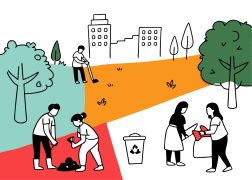
Purpose: To develop observational skills and understanding of community systems, needs, and opportunities for contribution.
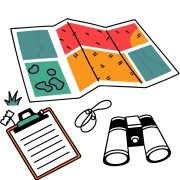
Design walks that reveal different aspects of community structure and needs:
Guide children in seeing beyond the surface:
Use the walking experience to prompt awareness and questions:
Help children understand how community elements work together:
Use community observations as a springboard for involvement:

Purpose: To develop understanding of diverse needs, resource allocation, and the impact of sharing with others.
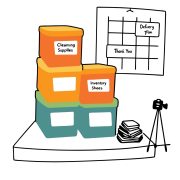
Set the foundation for thoughtful donation experience:
Guide your child in gathering appropriate items to donate:
Turn sorting into a learning experience:
Help your child understand the human impact of donations:
Deepen learning through thoughtful discussion:

These social awareness and responsibility activities help children develop:
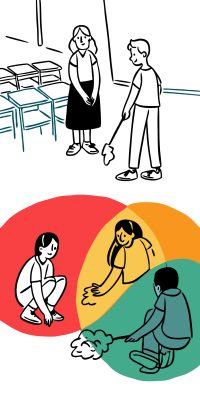
Remember that developing social responsibility is a gradual process that builds over time through consistent experiences and thoughtful reflection. Each small action contributes to a growing sense of connection and commitment to the wellbeing of others and the environment.

The goal is to help children recognize that they are valuable members of a larger community with both the capacity and responsibility to contribute positively to the wellbeing of others and the environment.

Remember, at QMAK, we don’t just teach; we empower. We don’t just inform; we inspire. We don’t just question; we act. Become a Gold Member, and let’s unlock your child’s full potential, one question at a time.